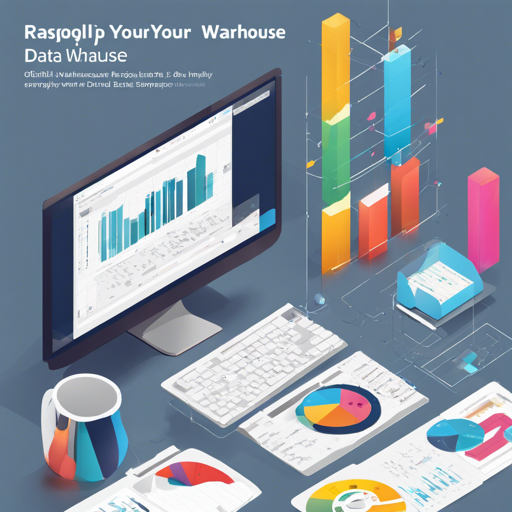Unlocking the potential of your data can seem daunting, especially when juggling between Python and SQL. With RasgoQL, a sleek Python package, you can streamline your data queries and transformations directly from your notebooks—without the headache of writing SQL. This article is your friendly guide to getting started with RasgoQL and leveraging its capabilities to enhance your data processing experience.
What is RasgoQL?
RasgoQL is designed specifically for data scientists who frequently work with pandas but face challenges when scaling their data projects or trying to integrate with an Enterprise Data Warehouse. It connects directly to your data warehouse while allowing you to perform operations using a pandas-like syntax, freeing you from the clutches of SQL syntax.
Why Should You Use RasgoQL?
- Efficiently handle large datasets without the need for extensive refactoring.
- Fluidly create new features or manipulate data using pandas-like commands.
- Keep your sensitive data secure, as RasgoQL operates solely on metadata.
How to Get Started with RasgoQL
Let’s break down the steps to install and use RasgoQL, treating it like throwing a pizza party for your data:
- Installation: Start by inviting RasgoQL to your Python environment as easily as opening a pizza box. Simply run:
pip install rasgoql --upgradecreds = rasgoql.SnowflakeCredentials(
account=,
user=,
password=,
role=,
warehouse=,
database=,
schema=
)rql = rasgoql.connect(creds)
rql.list_tables(ADVENTUREWORKS).head(10)This is akin to listing out all the pizzas you can order!
Transforming Data with RasgoQL
Imagine you’re assembling your pizza; each transform operation is a step in that assembly line:
- Use creative functions like datetrunc to slice your data weekly:
weekly_sales = dataset.datetrunc(dates=ORDERDATE:week)agg_weekly_sales = weekly_sales.aggregate(
group_by=[PRODUCTKEY, ORDERDATE_WEEK],
aggregations=SALESAMOUNT: [SUM],
)agg_weekly_sales.to_df()And voilà! Your data pizza is ready!
Troubleshooting Tips
Even the best pizza parties have challenges. If you encounter issues, here are some troubleshooting ideas:
- Ensure your credentials are correct. Double-check your account settings.
- If transformations are failing, look at the datasets you are referencing. They may not exist or have been renamed.
- For syntax errors, refer back to the documentation and check your syntax against provided examples.
- If you’re unsure where to find help, you can always check the RasgoQL Docs, join the chat on Slack, or report any issues at GitHub.
- For more insights, updates, or to collaborate on AI development projects, stay connected with fxis.ai.
Final Thoughts
At fxis.ai, we believe that such advancements are crucial for the future of AI, as they enable more comprehensive and effective solutions. Our team is continually exploring new methodologies to push the envelope in artificial intelligence, ensuring that our clients benefit from the latest technological innovations.
With RasgoQL, the process of querying and transforming your data warehouse becomes as simple as pie—or in this case, pizza! So, roll up your sleeves and get started on a seamless data adventure!

